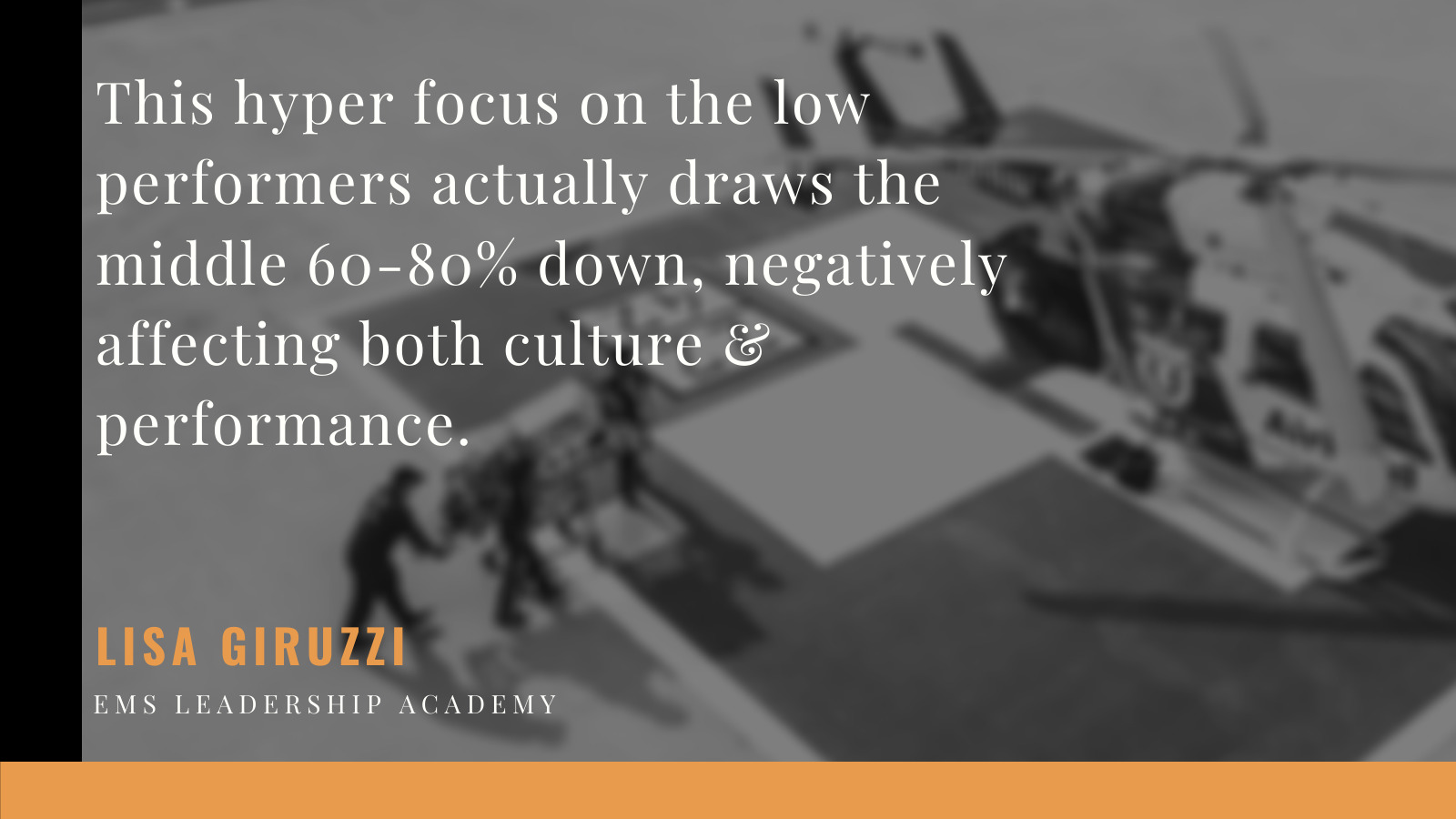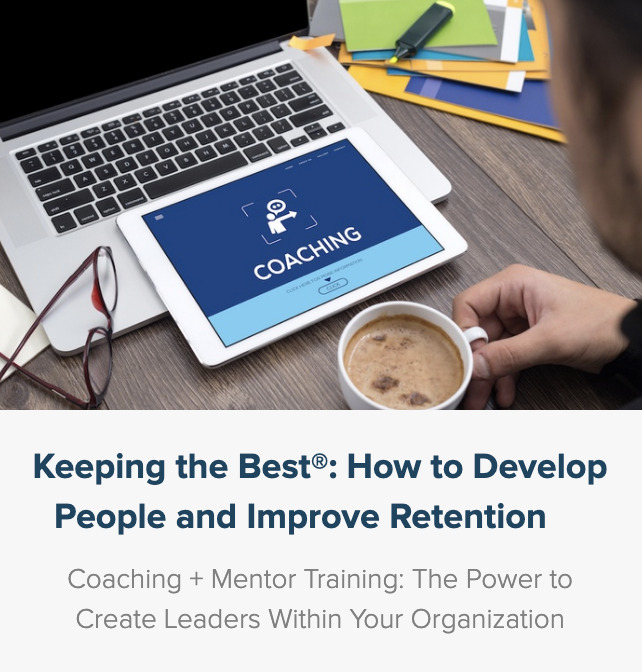At any given moment you have a choice of what to focus on: what’s working or what’s not working, what you want or what you don’t want. There are always things that are working in your organization and things that aren’t.
Most EMS Leaders spend the vast majority of time and energy focusing on what doesn’t work and trying to fix it. Now this might elicit the response, “Of course I do; that’s how to improve” or “How else am I going to get things done?”
This is one of the biggest misconceptions about performance.
Research suggests that focusing on what doesn’t work actually slows down growth and development. It can keep you stuck and prevent you and others around you from moving forward.
It is not that you should ignore what doesn’t work but be honest, how long have you been working on it? For most of us it has been years of trying to improve the same thing only to see incremental progress.
To be clear, this is not your fault. It’s just a habitual way of thinking that we’ve all inherited.
We learned to relate to others, our organizations and ourselves as problems to be solved. We learned to put our focus and energy on fixing what looks broken. Seeing ourselves and others day after day, week after week, month after month, year after year, as endless problems to be solved is exhausting and ineffective.
No wonder people have the Monday morning blues. A whole new week of problems to solve – woo hoo! No wonder people become disengaged. No wonder so many organizations have toxic cultures.
When you primarily focus on what isn’t working or on changing what you don’t want, it limits your thinking, your capacity to attain the results you really want and your ability to bring out the best in others.

According to the Gallup Organization’s extensive research virtually every organization has 10-20% of employees who are high performers, (“stars”, engaged, enthusiastic, etc.), 10-20% of employees who are low performers, (complainers, difficult, disengaged, etc.), and 60-80% average performers, (show up, do their job, go home). Due to the misunderstanding about performance, most leaders spend a large proportion of their time and energy on the low performers.
This hyper focus on the low performers actually draws the middle 60-80% down, negatively affecting both culture and performance.
Conversely, when leaders invest time and attention on the top performers it raises the bar on everyone and positively impacts the culture and increases performance. Why, you might ask? Because the more attention you give something, the more it grows regardless of whether you want it or not.
Typically, leaders are more comfortable and well-versed in the language of problem solving and fixing however, if you truly want to create a high performing team it is essential to learn how to encourage, appreciate and develop your top 10-20%.
Shifting your mindset from “fixing” to a “growth and development” mindset will significantly enhance performance and create a more positive culture.
Here are a few ideas to get you started:
Meet with high performers individually to discuss their plans for the future and help them create an action plan.
Delegate tasks and other responsibilities based on the strengths and talents of your team members.
Pair high performers with middle performers on projects or for mentorship.
Acknowledge and appreciate high performers' contribution to the organization and/or team.
When people come to you with complaints or challenges, ask them “What do you want to create?” and then ask for their ideas to answer that question.
To learn more about shifting to a “growth and development” mindset, attend one of our free training workshops.
Also, keep an eye on your inbox for a few brand-new resources to help you learn how to develop the talent in your organization and create a high performing team.



